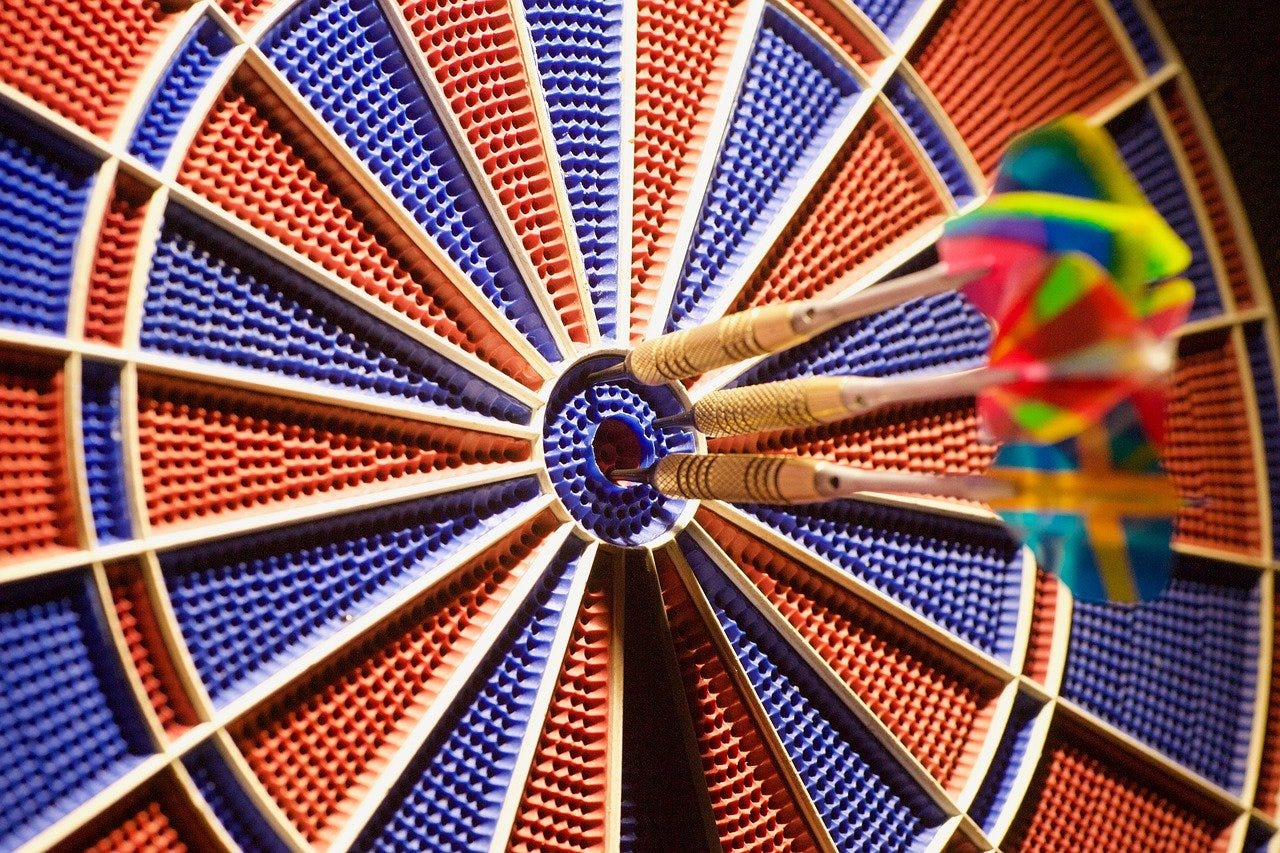The Vital Role of Transfer in Education (Part 2)
Jonathan Firth's Memory & Metacognition Updates #115
Hello! I hope you’re doing well.
Last time, I wrote about transfer. One of the key issues I raised concerns the long-term implications of educational experiences – what do today’s lessons mean for a student’s future life, work and studies?
There are more immediate concerns too, though, and I often hear examples when speaking to other educators. For example:
Anna does fine in maths class – why is she struggling to use mathematical concepts in science?
Pavel did well in English last year. How come he can’t seem to write a coherent Psychology essay today?
When I present familiar problems and tasks to my class in unfamiliar ways, even basic concepts can confuse them!
There are some classic research studies that relate to how easily learning of one concept transfers to another, across or within subject areas. I’ll share a few of these now.
The cave problem
Willingham (2016) describes a problem where a person who is entering a cave has to figure out a way not to get lost: “A treasure hunter is going to explore a cave up on a hill near a beach. He suspected there might be many paths inside the cave so he was afraid he might get lost. Obviously, he did not have a map of the cave; all he had with him were some common items such as a flashlight and a bag. What could he do to make sure he did not get lost trying to get back out of the cave later?”
The solution (check this link to find it in Willingham’s paper – top of page 3) shows the role of prior knowledge in transfer - in this case, the transfer of solutions from similar problems or stories encountered in the past. This means that rather than a generic skill of ‘problem solving’, success on such tasks may have more to do with memory.
The general and armies problem
A widely cited study by Gick and Holyoak (1983) showed that prior knowledge can fail to transfer if familiar problems appear different on the surface.
To quote an earlier blog post of mine: “… participants read about a problem faced by a general marching an army towards a castle. The streets of the town were too narrow for the whole army to advance at once, but attacking along a single street would be too weak. The solution was to advance from multiple angles, splitting the army and converging at the same point. Participants were then shown a problem where a laser was needed to remove a tumour, but a single strong laser would be too damaging. What was the solution? Despite having just studied the general’s army problem, most didn’t hit on the very similar solution – using multiple smaller lasers that converged on the tumour. That is to say, their learning didn’t transfer (even after a very short delay).”
So, transfer was (usually) not spontaneous, even when learners knew the principle. However, the researchers also found that a hint or reminder of the previous problem acted as a metacognitive cue, increasing transfer from around 20% to around 65% (not including the proportion of participants who solved these problems without help). The cue allowed learners to recognise the relevance of their prior learning.
Underwater darts
An early experiment carried out by Scholckow and Judd (described in Judd, 1908) looked at how well learners could throw darts at an underwater target. The challenge here is that light refraction distorts the target, making the process different from everyday darts throwing. To quote my recent book, “Two groups were studied; one was given an explanation of the scientific principles behind refraction and one was not. With practice, both groups successfully threw darts at the target. But what was especially interesting was what happened when the target moved. The group that had just practised the task became much worse, but those who had received the explanation – who understood the task – adapted more quickly.”
This research shows how understanding a principle on an abstract level can help with transfer, an idea that has been supported by research on expert learning by Micheline Chi and others.
Varied practice with beanbags
The final example concerns varied practice, which I have mentioned before as a desirable difficulty (see update #99). In the study by Kerr and Booth (1978), children threw beanbags repetitively at a target 3 feet away, or at targets that varied between a 2-foot or 4-foot distance. It was the latter (varied practice) group who were more accurate on a later test with targets at 3 feet, despite having no practice with that distance.
While sometimes interpreted in terms of schemas (a version of understanding a principle, as mentioned above), Schmidt and Bjork (1992) interpret the study as showing that variation of practice activities better prepares us for transfer to unpredictable future situations.
Each of the four examples above gives us an insight into what pedagogical strategies might help to support transfer. Next time, I will discuss those applications in detail and show how you can make use of the ideas.
Have a great week!
Jonathan
Please note that my slides and similar materials are shared under a CC BY-NC 4.0 license. This means you can use or adapt them with attribution for non-commercial purposes. If you wish to use my materials for other purposes, feel free to get in touch.



